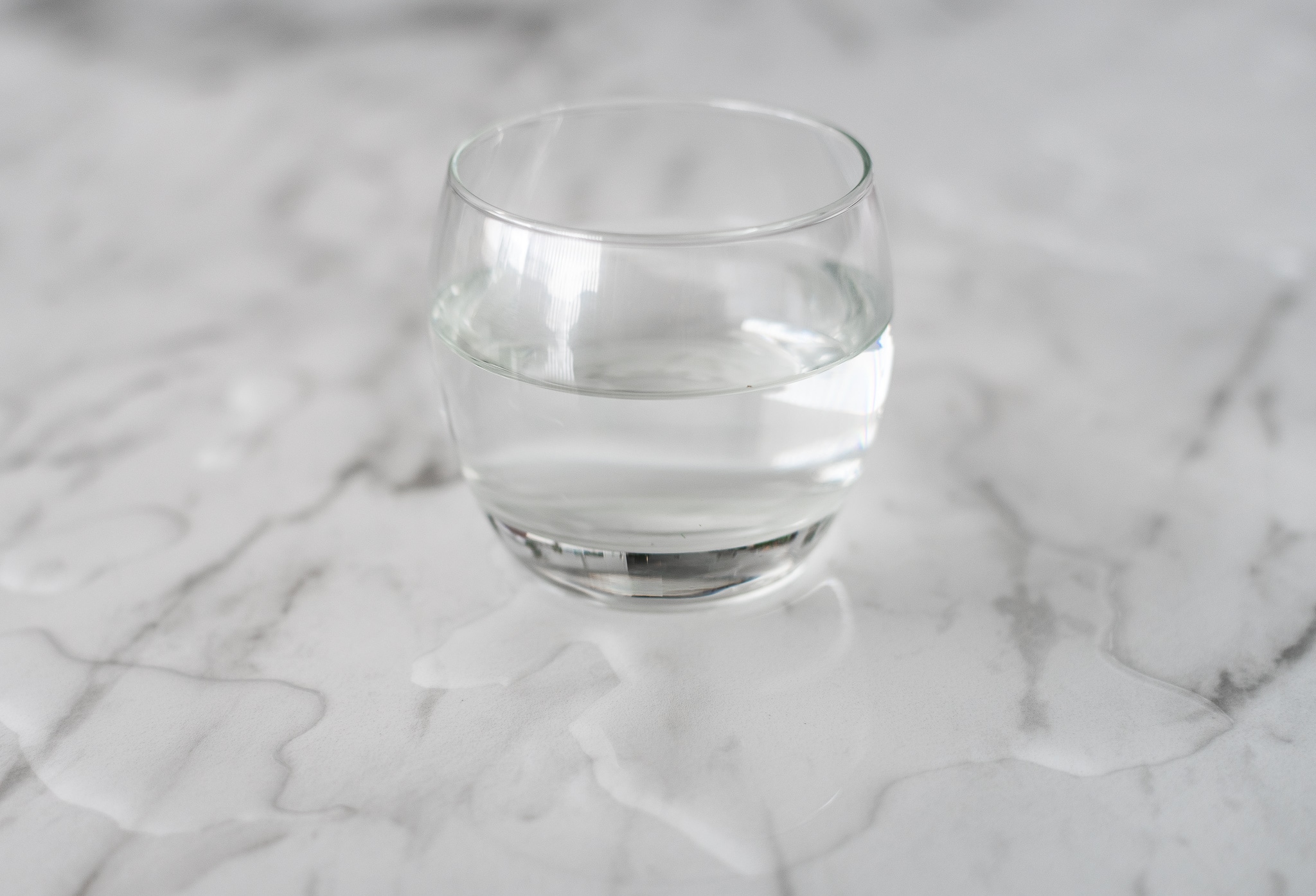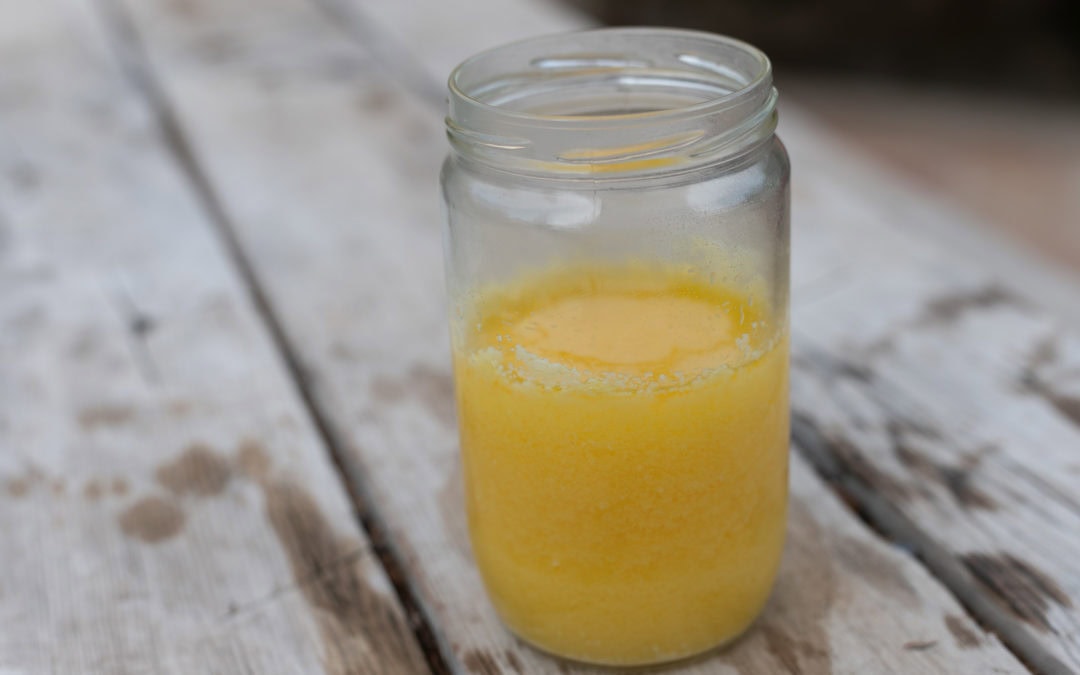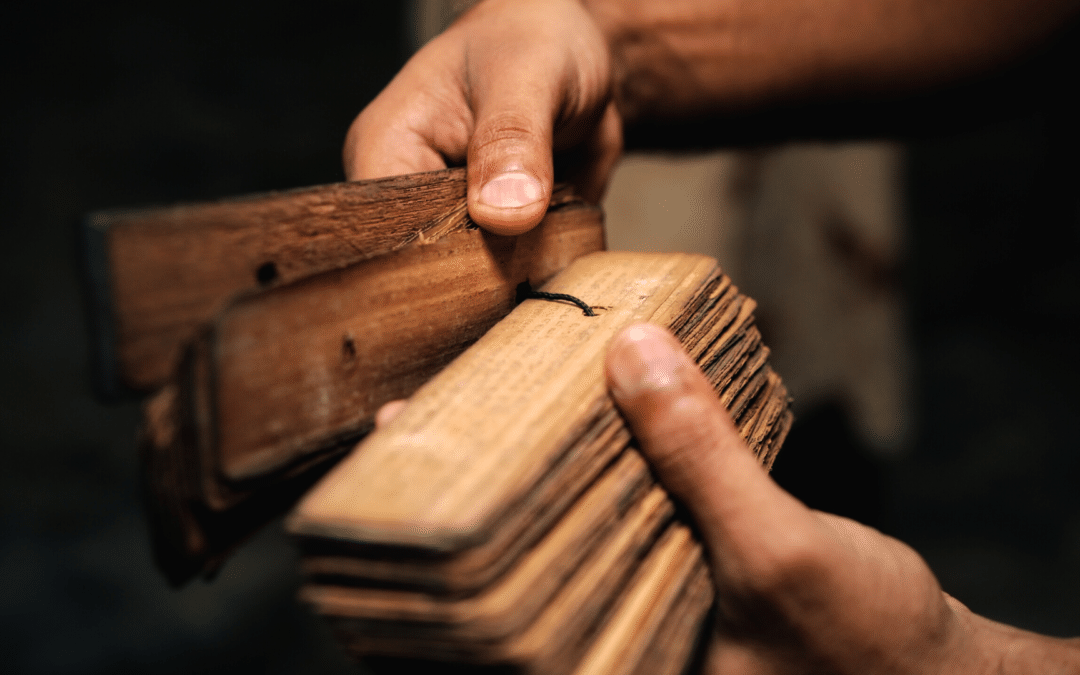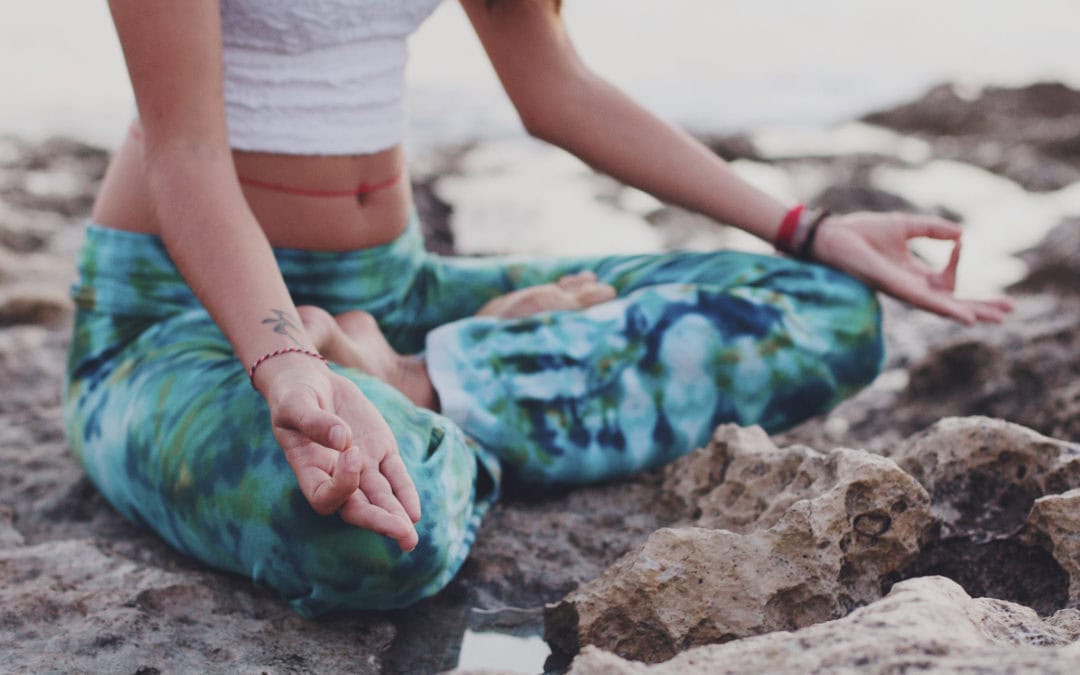
5 Tips to Stay Hydrated the Ayurvedic Way
How many times have you been told that you should drink eight glasses of water a day to stay hydrated? Well that’s not exactly accurate according to ayurveda. It’s a little bit more complicated than that. We have to take a few things into consideration; the season, our prakriti and our geography. Let’s start at the beginning…
Water and the doshas
One of the reasons we absolutely adore ayurveda is that it is SO user friendly. All we have to do is look at the balance of the elements (and their qualities) to understand what we should and shouldn’t be eating or drinking. That then gives us a chance to approach our health intuitively
Vata – air and ether
Pitta – fire and water
Kapha – water and earth
If each of the doshas is made up of the above elements we can see that vata will tend to be cold and dry, pitta will tend to be hot (and can actually be both dry and/or wet in different ways), and finally kapha will tend to be cold and wet. Therefore someone with a lot of vata in their system will definitely need more water than someone who is predominantly kapha (who will actually more often need drying out with the use of astringent foods and diuretic herbs). Pitta will rest someone in the middle of the continuum as it often does.
So vata individuals generally ought to stick to their eight glasses a day, while a kapha individual can get away with 5-6 and pitta around 6-7 glasses. But it doesn’t end there…
Elements in the season, elements in the body
Another important factor is to look at the elements present in the current season and in our particular location. In summer agni (fire) becomes much more present so everybody generally needs to keep up hydration to balance that fire out and keep things cool. The heat you experience is also going to be very different in a hot and dry climate like the south of the mediterranean as compared to the heat of the tropics which is very humid. The elements that are very present in a particular season need to be balanced with the elements within the body. In summer and in hot and particularly dry climates we stay on top of our hydration and eat cooling foods. In cold climates we bring in more heat in the form of warm, spicy, and salty foods. In this way we remain in balance with our environment and enjoy the season more thoroughly.
How to stay hydrated the Ayurvedic way
- Drink water
Starting with a no-brainer. Make sure to drink a good amount of water according to your dosha, environment and season. And ideally you’d be drinking good quality mineral water.
- Avoid dehydrating foods
Namely; coffee, dry salty snacks like chips, and alcohol.
We realise that these three are particularly popular and might be hard to give up but we promise it will be totally worth it because when you are properly hydrated you’d be surprised at how much more energy you have!
- Abhyanga
Keep your skin hydrated with daily abhyanga (‘how to’ here). The practice of abhyanga hydrates all 7 layers of the skin and their related dhatus so if done with discipline it will go a long way to keeping you hydrated on a deep level.
- Add some demulcent foods
Demulcents are foods that add moisture and lubrication. Some of our favourites are aloe vera gel (not skin, which acts as a laxative), shatavari and dairy. These are all cooling and hydrating.
- Juicy fruits
Fruits that are juicy not only contain a lot of water but they contain high quality structured water that your body can absorb and assimilate very easily. Juicy fruits also tend to be cooling and calming in the summer heat (it’s no wonder that’s when most of them grow!). You can try avocado, cucumber, melons (eaten alone), mango and peaches.
Simples. That’s all it takes to keep cool as a cucumber this summer. Do also be sure to find plenty of ways to stay cool – seek out breezy shady spots and enjoy lazing at your nearest beach, river or lake.
Curious to learn more about Ayurveda? Download our course catalogue here to see if any of the many courses we offer are a right fit for you.
More From Our Ayurvedic Learning Center

How to Make Ghee – The Ayurvedic Way
About this recipe Ghee is a staple in ayurveda so it's always good to know how to make your own that way you can keep an eye on the quality and save a few bucks! Ghee is sattvic, increases agni, helps to move āma to be detoxified and is unctuous helping to nourish...

Journey into Ayurvedic Wisdom: Unveiling the Bṛhat Trayī
At the core of Ayurvedic knowledge lies the Bṛhat Trayī – the three primary texts that weave together the intricate tapestry of this time-honored tradition. In this blog post, we embark on an exploration of the Caraka Saṃhitā, Suśruta Saṃhitā, and Aṣṭāṅga Hṛdaya,...

5 Tangible Ways to Practice Yogic Philosophy
The roots of yoga go back thousands of years and yogic philosophy has emerged from so many different texts over the years that the number of teachings is overwhelmingly big. It can be easy to get lost in philosophising and not be sure on how to apply them to our lives...
